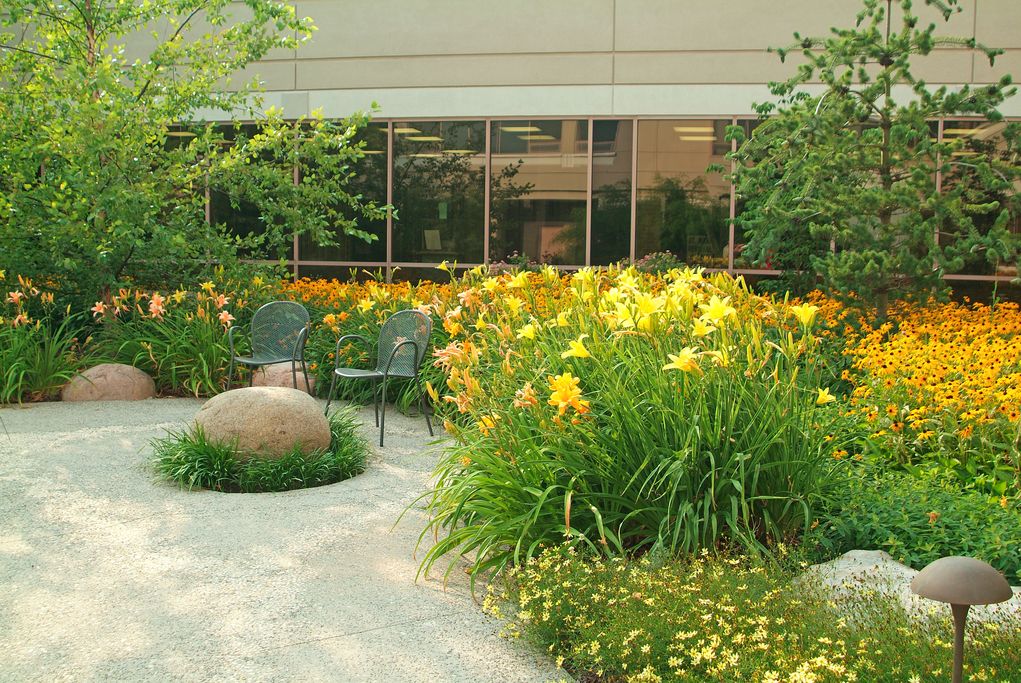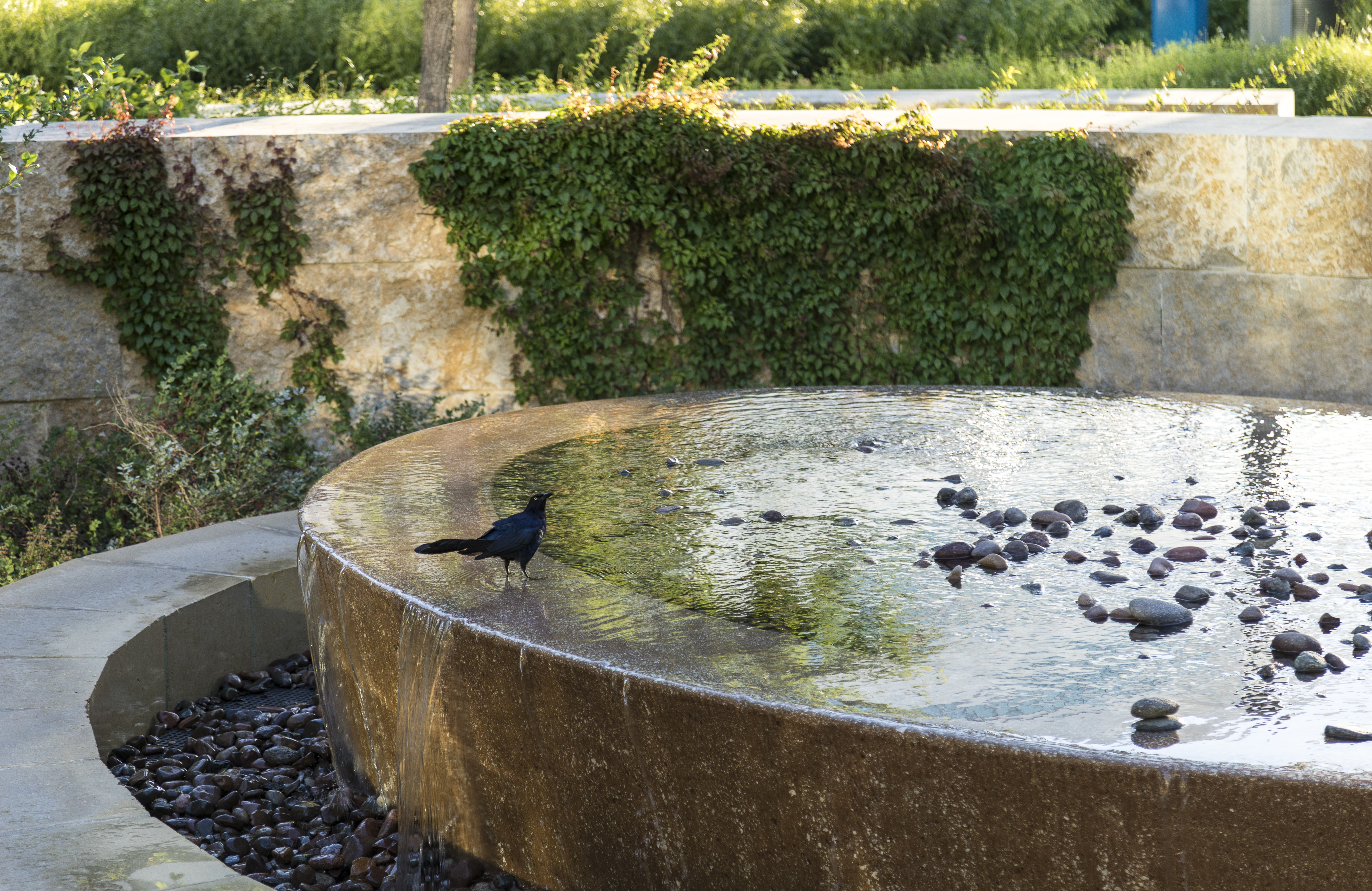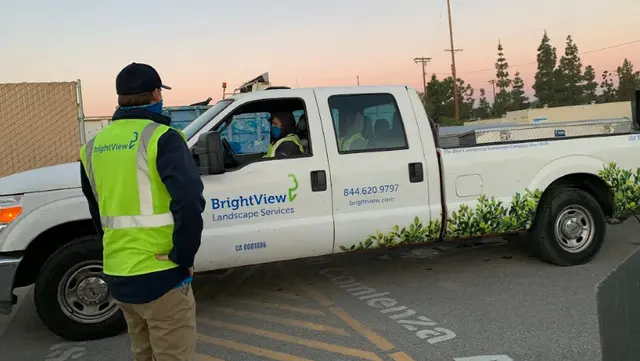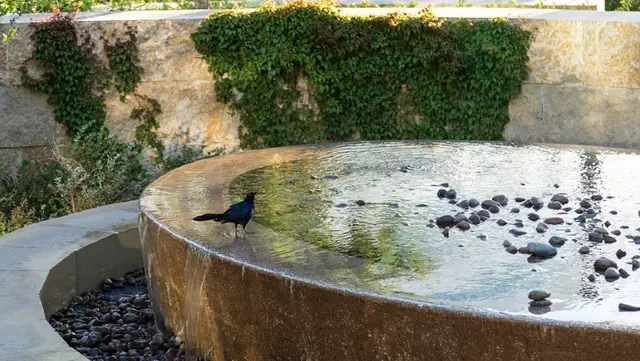
Make Healing Come Naturally
How to Create a Landscape That’s Good for the Mind, Body, and Soul
You work hard to improve patient outcomes, whether it’s attracting and retaining the best physicians and clinical staff, or investing in cutting-edge equipment and facility modernizations. While all these are indispensable to the quality of care you provide, there’s an easy win you might be missing. We’ll give you a hint—it’s right outside your window.
Yes, it’s your landscape. Numerous studies have shown that landscape can improve patient outcomes and the well-being of healthcare professionals through:
Emotional Support

Healing gardens provide a powerful change of scenery and welcome distraction for patients, their support system, and your staff. The opportunity to connect with nature, breathe in fresh air, and delight the senses is an important respite that helps relieve stress for everyone. In fact, researchers have found that well-designed landscapes can reduce stress and pain. Plus, the appearance of your landscape reflects upon the care patients can expect to receive inside, directly affecting both your reputation and your ability to recruit top talent.
Exercise
With exercise being an important part of the equation to health, why not make it easy for staff and patients to have an enticing environment in which to stretch their muscles or take their rehabilitation outside? Large healthcare campuses can even consider incorporating walking loops into their landscape design. Patients will appreciate the independence it provides, while their family, friends, and your staff will enjoy the convenience of having an environment for exercise close at hand.
A Brighter Outlook

For patients, especially those who are bed-bound, the view out their window can have an extraordinary effect on their morale, and subsequently, their healing. Patient rooms don’t have to be limited to views of a concrete jungle or rooftop air conditioning units. Even hospitals in metropolitan areas have options, such as green roofs and rooftop gardens, which can improve both the view and your energy efficiency.
While you can’t put a price on these benefits, it still requires an investment. So, how do you ensure the time and funds put toward your landscape are well spent? Look at the features of successful, purpose-driven healing landscapes for inspiration. Consider these design elements:
- Water Features – Fountains and reflecting pools incorporate a soothing water element into your landscape design and create an attractive landmark for wayfinding on your campus
- Native Vegetation – Utilizing plant material native to your region not only helps ensure the success of your landscape, it also requires less resources to maintain and promotes a healthier environment
- Dedicated Children’s Space - Make hospitals seem less scary and more welcoming to the smallest of patients and visitors by integrating a playground, butterfly garden, or sensory garden
- Trees – More than just a source of shade, mature trees can be an important tool in lowering your cooling costs during the summer months
- Colors & Textures – Variety is the spice of life, so create visual interest with vibrant flower beds, contrasting plant material, outdoor sculptures and annuals that provide for seasonal change
- Hardscape & Site Furnishings – Provide comfortable spaces to rest and reflect, whether it’s swooping planters that double as seating, an interesting gazebo, or thoughtfully placed benches
Finally, it’s important to enlist a landscape partner who is experienced in working with the healthcare sector. Ask to see examples of their work with other hospitals in a similar setting as yours—whether that be urban, suburban, or rural. Your partner should be well-versed in the nuances of creating outdoor environments for healthcare clients—such as ensuring pathways are wide enough to accommodate wheelchairs or IV poles, or alcoves that can facilitate private conservations.
Ready to envision the possibilities for your campus? Get connected with one our experts



